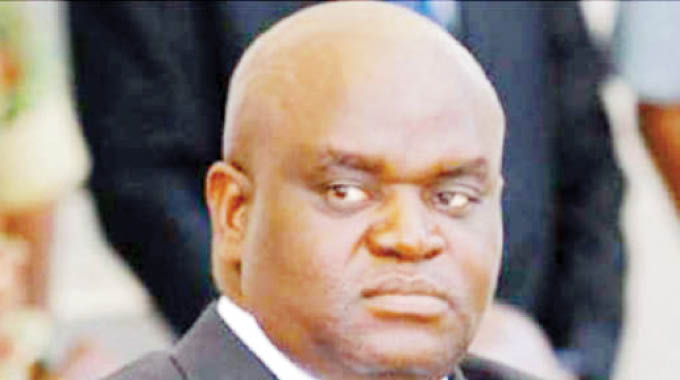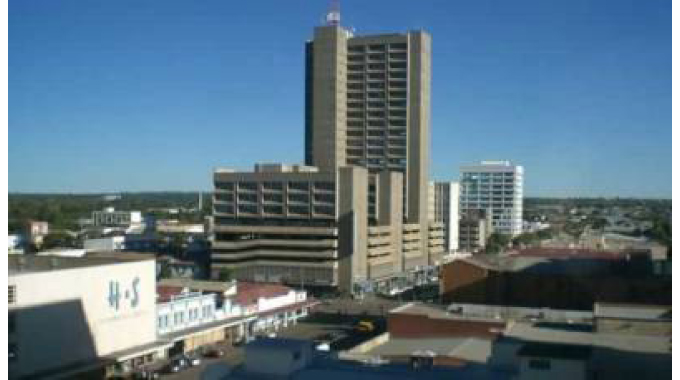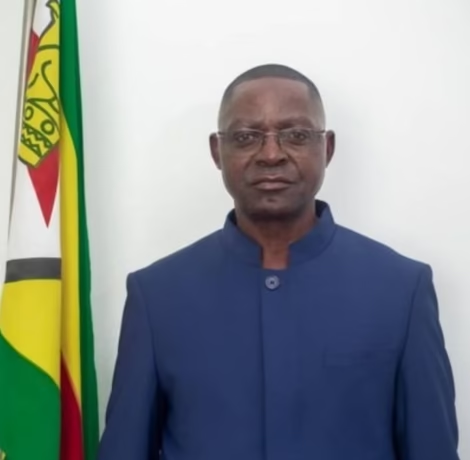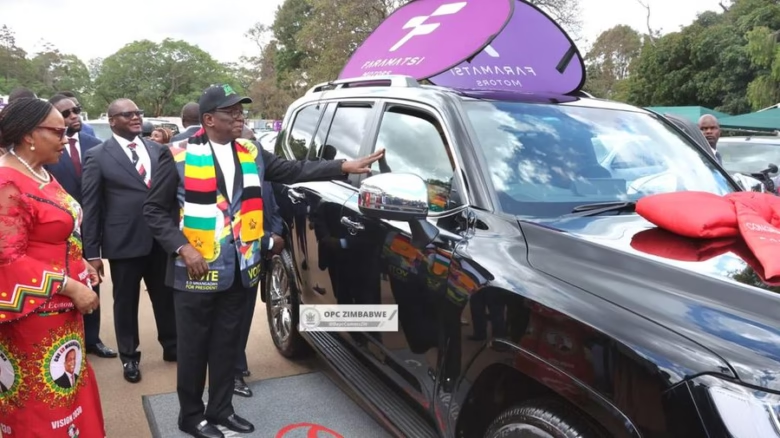
A NEW era is beckoning for the National Railways of Zimbabwe (NRZ), which is expected to tap into a US$115 million line of credit negotiated by the Government towards procurement of new locomotives and wagons to boost the company’s freight capacity to meet the growing economic needs.
The revitalisation of the NRZ is expected to enhance logistics efficiency across various economic sectors while easing the strain induced by using haulage trucks to transport bulk cargo like coal.
This comes at a time when the massive transformation of the country’s economy under the Second Republic has necessitated urgent collaboration between the Government and the private sector players to scale up maintenance, rehabilitation and expansion of the entire transport infrastructure system to unlock more economic opportunities through improving linkages between new and old productive zones with key domestic and international markets.

Minister Felix Mhona
Transport and Infrastructural Development Minister, Felix Mhona, confirmed the new capital finance deal during the 2023 Infrastructure Summit and Expo, which ended in Victoria Falls last Friday and was officially opened by President Mnangagwa.
Despite the continued imposition of sanctions, the Second Republic’s engagement and re-engagement drive has seen some external financiers warming up to supporting infrastructure development projects such as rail as they realise the immense potential the country has.
Last month Government signed a US$81,2 million potentially game-changing deal with India on the sidelines of the 18th Confederation of Indian Industry-Exim bank Conclave on India-Africa for the recapitalisation of NRZ.
“I’m happy Your Excellency, that you have facilitated a line of credit that we are going to tap into as a ministry, and we will be getting US$115 million to buy new locomotives and also rehabilitate the railway track. This will reduce the burden on our roads,” said Minister Mhona without disclosing the name of the financier.
He said a good rail network is key to the growth of domestic, regional and international trade as it connects all major production centres and providing services for businesses and passengers.
Minister Mhona said with a good railway network the cost of transporting goods and raw materials is drastically reduced.
“The country’s rail network is strategic through its interconnectedness with other regional networks along the north-south corridor. However, the network has experienced serious challenges over the years due to aging track infrastructure. We are happy as a ministry that you have facilitated a very important line of credit so that we rehabilitate the rail network,” he said.
Earlier in her presentation NRZ general manager, Ms Respina Zinyanduko, had said the strategic rail entity was focused on transforming and modernising its operations in line with Vision 2030 of becoming a dominant regional surface transport and logistics solutions provider.

Money – Image taken from Pixabay
To ensure a gradual re-building of adequate capacity for future business demand, she said NRZ was already pursuing a phased approach in implementing projects based on debt/equity funding, strategic alliances, PPPS, and/or joint ventures.
“This strategy seeks to drive the NRZ to profitability under the turnaround phase of the 10-year strategic plan, which is subsequently followed by growth and expansion phases,” she said.
“In this phase NRZ seeks to raise US$115 million for the short-term recapitalisation to procure nine new locomotives and
315 wagons as well as infrastructure rehabilitation to the main trade corridors to Mozambique ports (Beira and Maputo).”
NRZ board chairperson, Advocate Martin Dinha, has also commended the Second Republic for increasing investments in rail infrastructure, especially towards buying new wagons and passenger coaches and US$43 million dedicated towards the rehabilitation of the railway line.

National Railways of Zimbabwe (NRZ)
He told ZBC News while commenting on the issue: “Since 1992, this has been the most significant investment in the railway line showing how the Government values NRZ as an economic enabler.”
During the summit it emerged that out of about 2 627km of the total railway network in the country only 229km, which is nine percent is under caution, which is equivalent to potholes in the case of roads.
In order to provide innovative, seamless, reliable and cost-effective logistics solutions for goods and passengers, Ms Zinyanduko said NRZ was aiming at improving and expanding its infrastructure capacity to meet business demands.
“The NRZ is refurbishing its wagons through PPPs (public-private partnerships) whereby customers pre-fund refurbishment of locomotives, wagons or tankers and the amounts are set off through railage. This programme will see an injection of refurbished wagons in the system on a phased approach,” said Ms Zinyanduko.

President Mnangagwa
The NRZ is also angling for expansion of its services to cater for new business requirements such as new mines and rural industries. To that end, Ms Zinyanduko said they have engaged Tsingshan Mining Investment Zimbabwe who intend and plan to build a new railway connecting four plant sites, that is, Selous, Hwange, Gwanda and Mvuma/Manhize.
“The policy is that a customer should fund construction and maintenance of its own siding either using NRZ expertise or using their own expertise under NRZ supervision,” she said.
Ms Zinyanduko said NRZ was therefore assisting Tsingshan Mining to identify interested investors to carry out some of the projects under Build Operate Transfer (BOT).
In order to enhance national and regional competitiveness, Ms Zinyanduko said efforts were underway to develop shorter rail links such as the Lion’s Den (Zimbabwe) to Kafue (Zambia) link.
She said the project has been born out of a need to reduce the cost of transporting goods (particularly minerals out of the mining towns in the Copperbelt) from Zambia and other countries in the North, the Democratic Republic of Congo (DRC), and a shorter connection with the Beira port in Mozambique.
In this regard, a feasibility study, and the preliminary and detailed engineering design of the Kafue to Lion’s Den Railway line are being finalised, said Ms Zinyanduko.
She, however, said progress in transforming the rail entity was being frustrated by skills flight, delays in disbursement of Treasury allocated funding and the continued spate of vandalism and theft of rail infrastructure including the adverse impact of illegal mining activities.
Meanwhile, in his address, President Mnangagwa emphasized the need to invest more in modernising the country’s roads and railway infrastructure amid calls for NRZ to also think outside the box and utilise its massive mechanical workshop capacity in Bulawayo to expand revenue inflows and become the hub for servicing other rail companies in the region.
Chronicle




